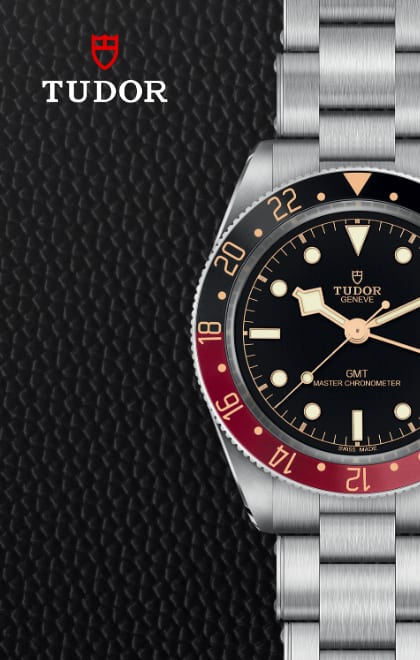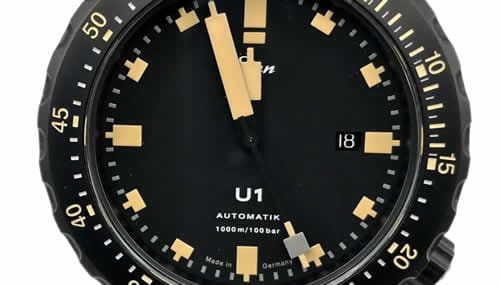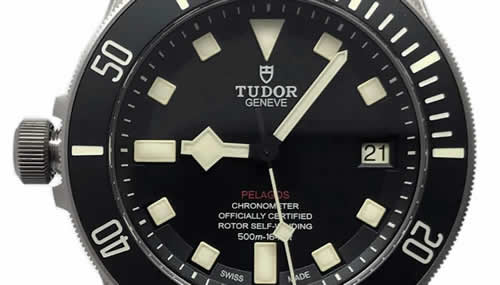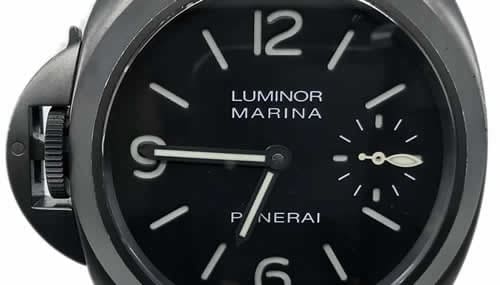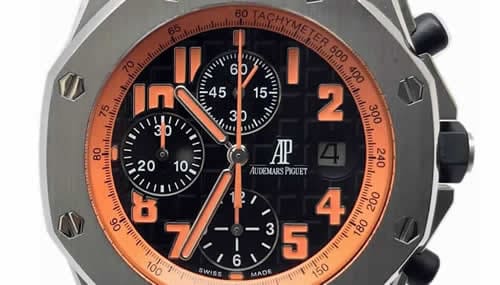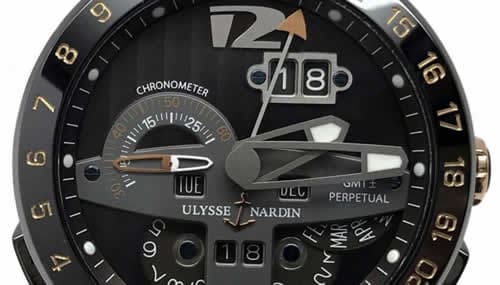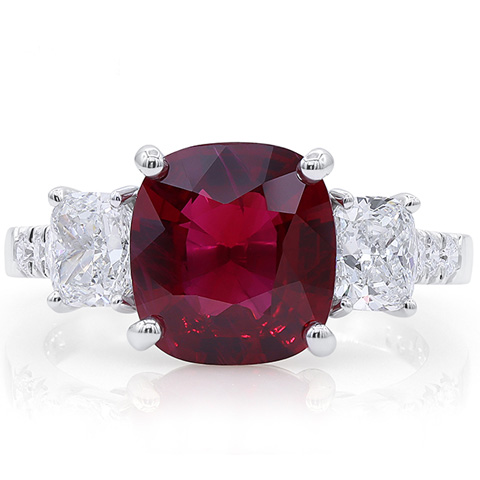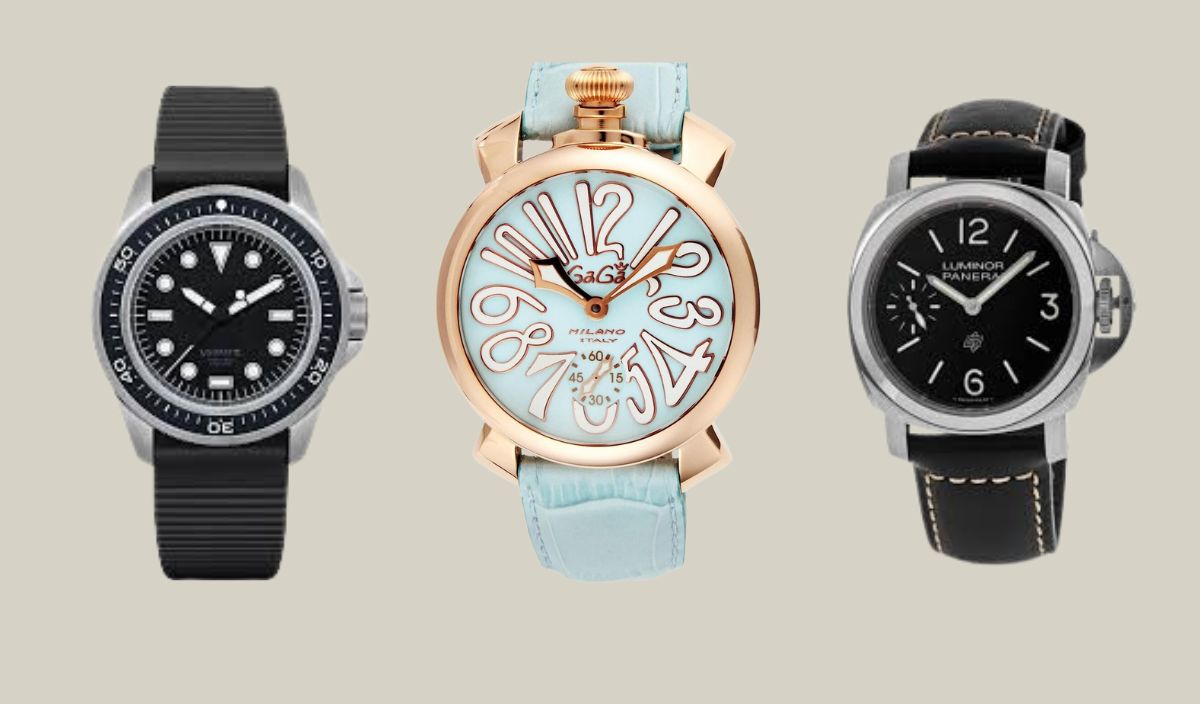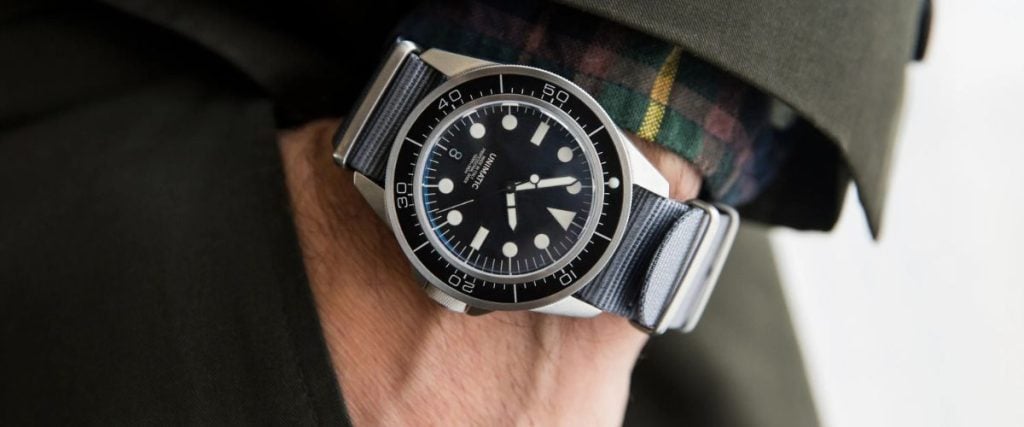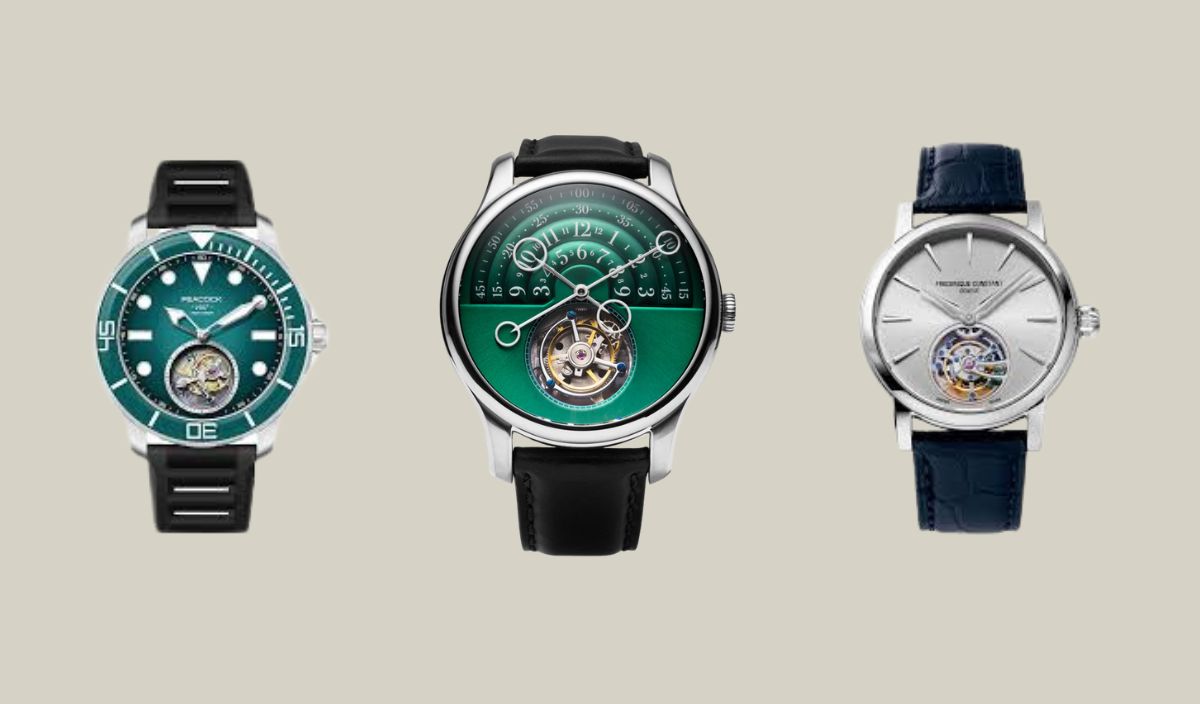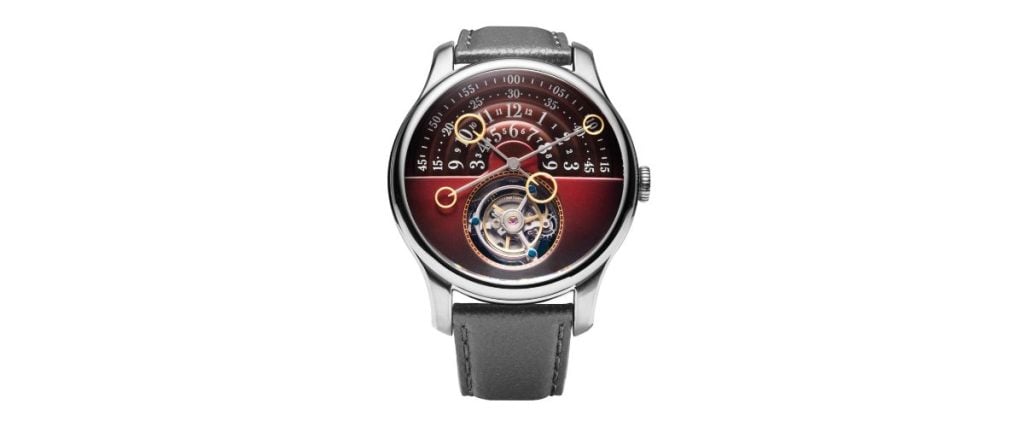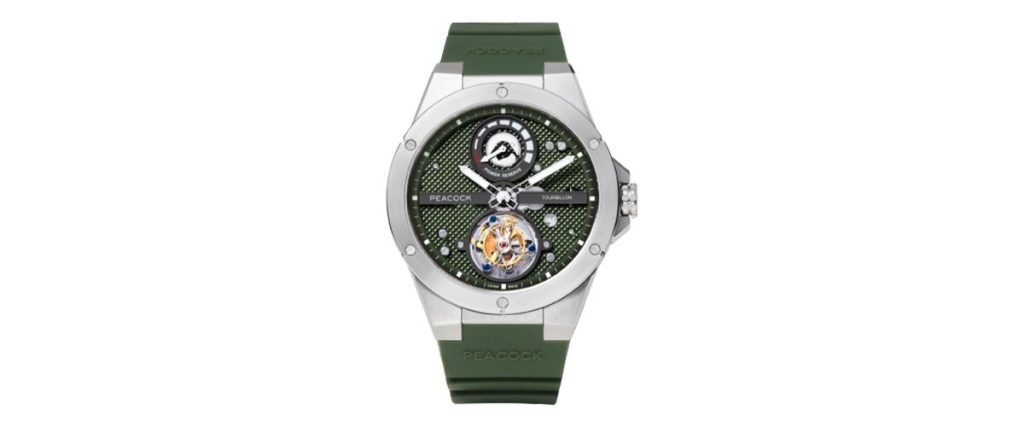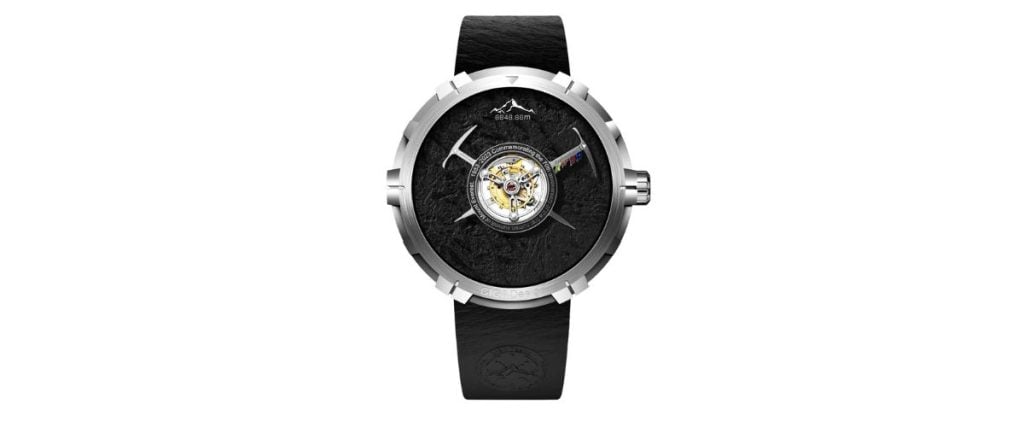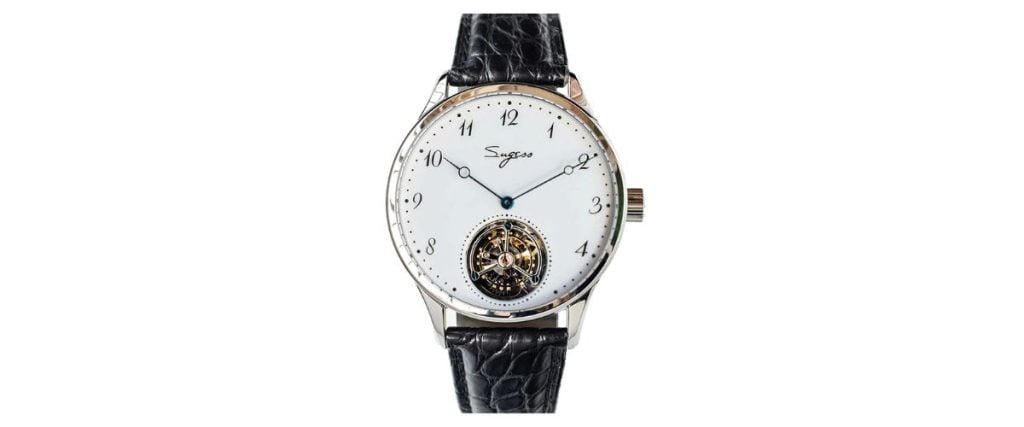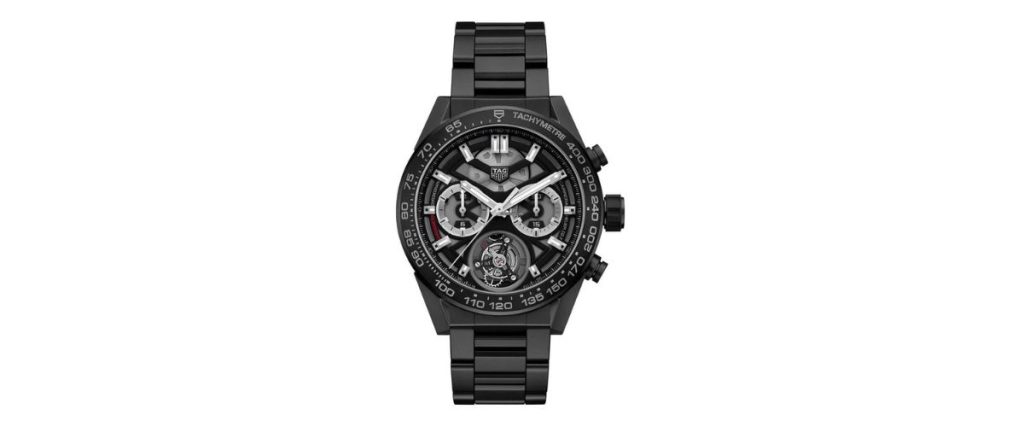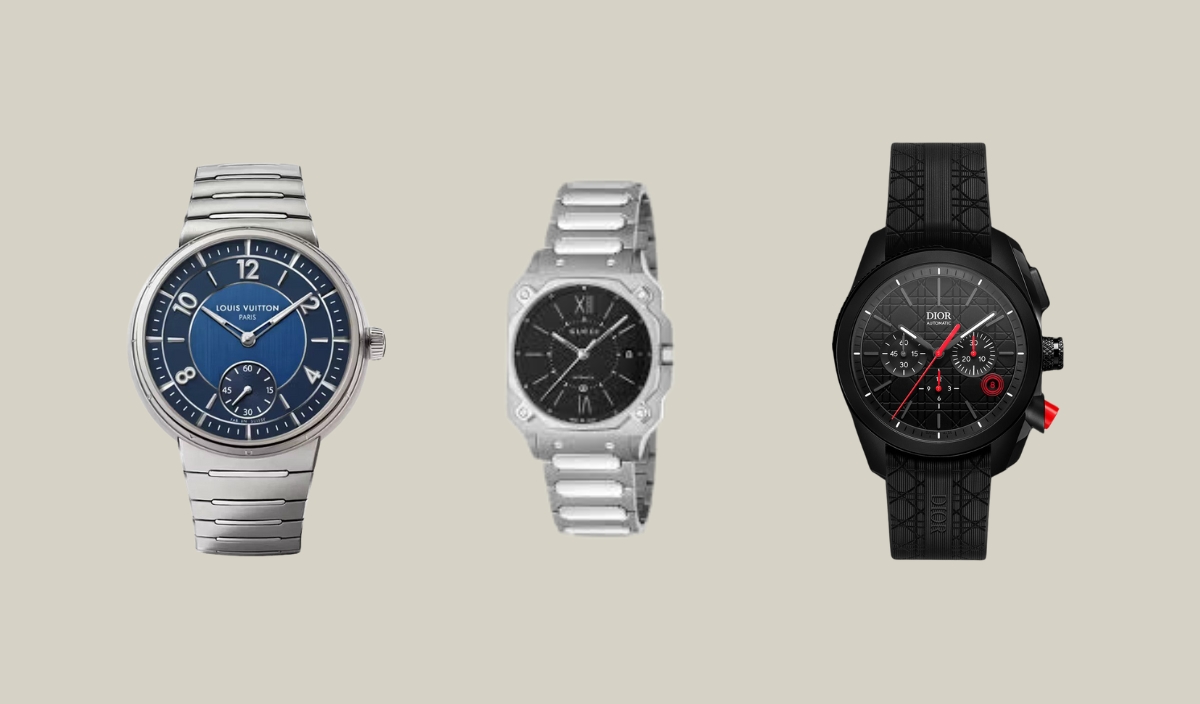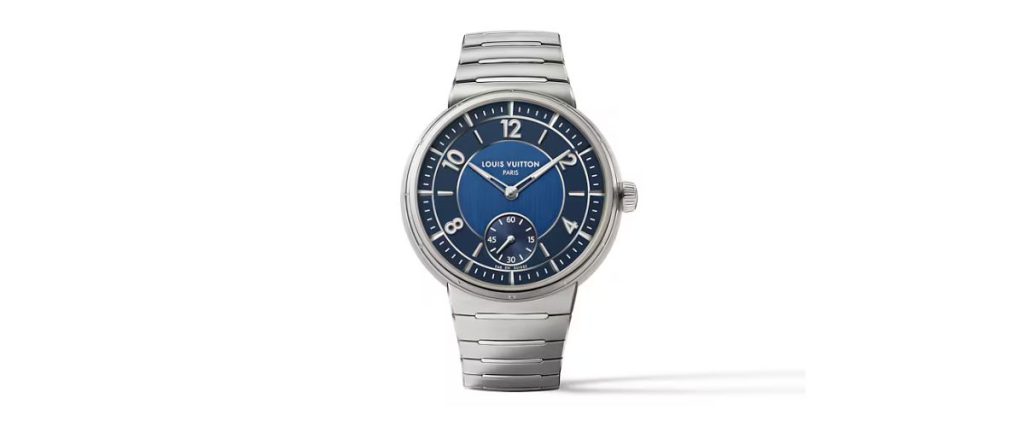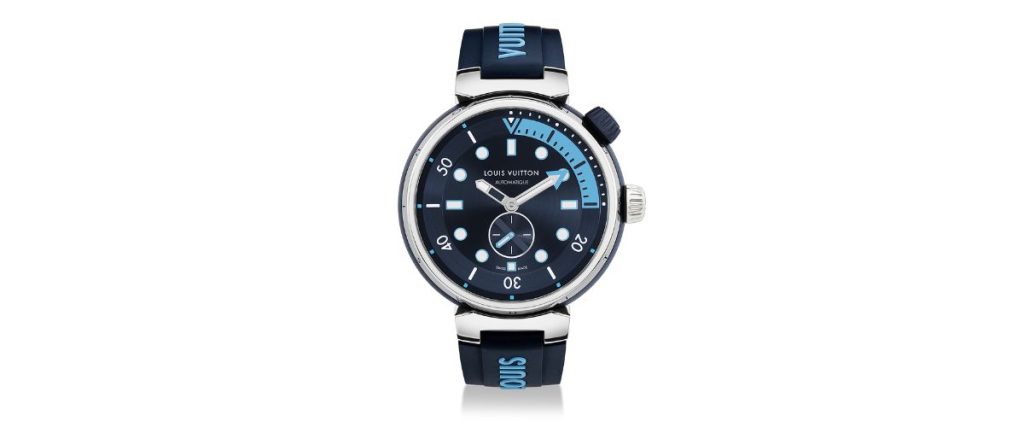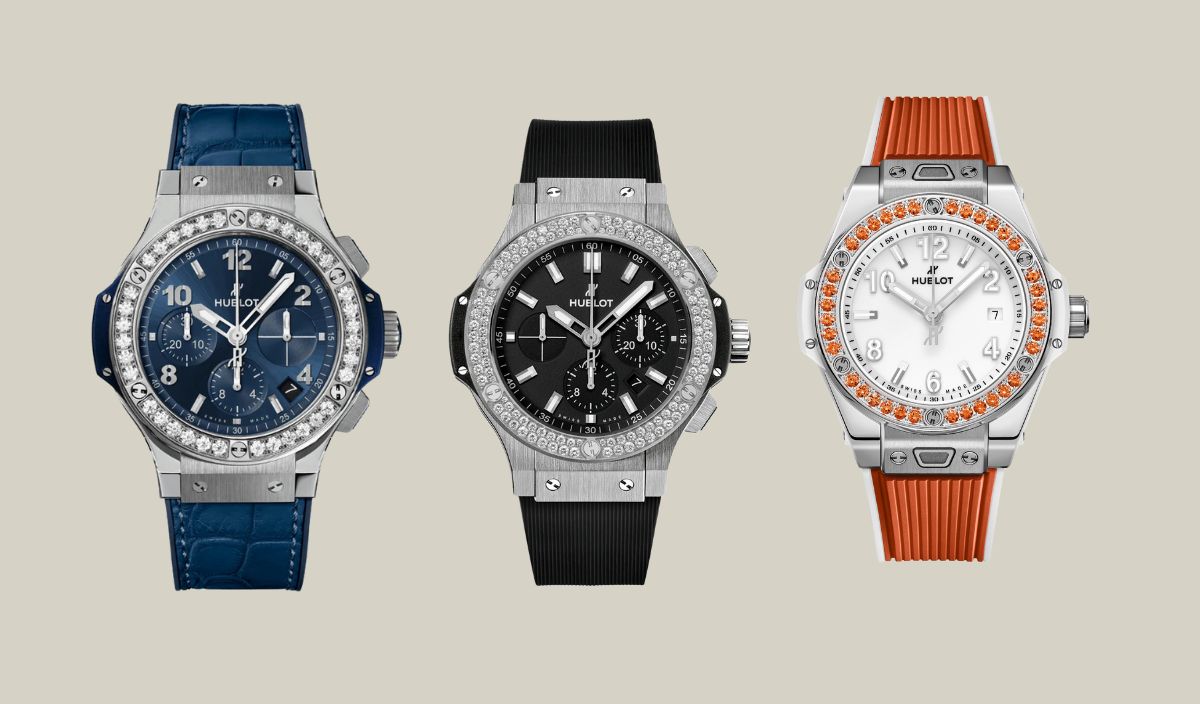
Hublot has an immediately recognizable look that you really just can’t get anywhere else. It’s a look that many will malign, but if you’re in love with it, you have nowhere to go but the brand itself, more than many other specific interests.
If you’re a Patek Philippe lover on a budget, for example, you can turn to more inexpensive brands like Frédérique Constant for a similar—not the same, of course, don’t @ me watch fans—look at a reduced price.
But those who love Hublot can easily find themselves in a far more difficult position to satisfy that itch and find a beautiful watch that they love.
Thankfully, you no longer have to struggle in silence. I understand your pain, and I’m here to provide an article breaking down the 12 best and cheapest Hublot watches! Now, to be clear, none of these will be cheap per se (though do stick around for the bonus pick at the end—I promise it’ll be worth your time!).
After all, Hublot is a luxury brand, and making their watches well takes a certain investment on their part. To make them cheap would make them not Hublots at all.
But there are many pieces that Hublot has to offer that are far more attainable than most of their others, making them great options for those of us watching our budgets a little more!
So without further ado, let’s get right into the list and discover Hublot’s best bang for the buck!
A Brief Guide to Hublot Watches
The first Hublot was created way back in 1980 (say happy 45th birthday!) and interestingly that original watch actually remains one of Hublot’s most popular today: it’s the Classic Original, which with just a few small changes developed into the modern Classic Fusion collection.
Designed by Carlo Crocco, the founder of the brand, the first Classic Original established much of what we love about Hublot today, such as the “porthole” aesthetic with a round bezel and screws (Hublot is actually French for porthole) and the fusion of a precious metal with a rubber strap.
At its inception, Hublot was far from as popular as it is today, but it was groundbreaking and a strong conversation starter, as the combination of precious metal and rubber had never before been done in watchmaking and was seen as nearly sacrilegious.
Hublot’s flagship collection, the Big Bang Original series, was introduced in 2005. Here, many of the key elements of the Classic Original were fully refined into the Hublot design language of today, such as the six H-shaped bezel screws, “ears” on either side of the case, and textured rubber strap.
The model was named Big Bang as both a reference to the origin of the universe (the original fusion, in Hublot’s eyes) and for the tremendous stir it caused in the watchmaking community at its release.
Hublot was finally coming into its own, and the enduring appeal of this watch is clearly shown by the vast number of collections centered around the core Big Bang model that Hublot has to offer today.
The Classic Fusion soon followed in 2008, shortly followed by the in-house chronograph Big Bang Unico (2013), tonneau-shaped Spirit of Big Bang (2014), and many more.
Many love to write Hublot off as a one-trick pony that just continues to play with the same old Big Bang design, but it’s clear that even though they’ve been primarily working within the constraints of a popular model, Hublot has been strongly pushing at the boundaries of what’s possible and accepted in watchmaking for a long time.
Each and every one of their collections is eye-catching and avant-garde. It’s a brand that usually doesn’t come cheap, but always gives you a whole lot of watch for every dollar you spend.
The 12 Cheapest Hublot Watches
Now, “cheap” really may not be the best word to apply to Hublot, as many of their watches are made to be high luxury and are well-crafted. We’ll be using the term in a relative sense for this article.
However, I promise you’ll be pleasantly surprised by at least one watch on this list! With all that said, let’s get right into the top 12 affordable Hublot watches!
Big Bang Original Steel Blue – $13,500

I mean, it’s in the name, isn’t it? The Original. The Big Bang of Big Bangs. If I’m being honest, it’s hard to find too much to say about this one, because this is the defining watch for almost everything else you’ll see on this list.
It’s a beautiful piece and puts on clear display all of the most recognizable Hublot design elements—the round “porthole” bezel with H screws and fusion of steel with rubber in particular.
The muted navy blue colorway is so perfectly integrated with the steel that it almost feels anti-Hublot: something not bold, flashy, and eye-catching for once!
It’s just a lovely watch that all works together so well, from the contrasting brushed bezel against mirrored lugs and flanks to the thoughtfully textured pushers. This is a core Hublot available for almost $3,000 less than a competing chronograph icon: the Rolex Daytona.
Big Bang Steel Diamonds – $11,300

When in doubt, add diamonds! Astonishingly, the Big Bang Steel Diamonds is actually available for less than the Original Steel Blue, without a doubt due to the absence of a chronograph complication and a quartz movement instead of a mechanical one. Instead, the Steel Diamonds focuses on offering a dressier option for classier wardrobes.
I’m particularly taken with the way this watch plays into Hublot’s identity as a watchmaker. They’re all about “the art of fusion,” combining materials that you would never expect to see together.
Most famously, at their founding, they released gold watches on rubber straps, which was groundbreaking enough to create a serious stir.
The combination of steel, rubber, and diamonds is perhaps one of the most striking fusions in Hublot’s catalog.
Though the watch is far from a watchmaker’s pick with its quartz movement, it’s exactly the type of luxury that works perfectly with some sprezzatura elegance.
Big Bang Integrated Time Only Blue Ceramic – $15,300

Remember what I just said about Hublot’s love of pioneering materials? That’s put on full display here with the Integrated Blue Ceramic, for which every part of the case and bracelet—except for the steel screws—is crafted from high-grade ceramic.
Aside from the fact that it’s nearly scratch-proof and allows Hublot to make the whole case from a very striking and beautiful color, I also want to highlight the finishing on this case and bracelet, which is truly exceptional.
Most other brands that are doing work in ceramic resort to doing the whole thing in a matte finish; it’s extremely difficult to polish ceramic, so it’s much easier to leave it smooth matte.
Hublot wasn’t satisfied with that and introduced some beautifully polished facets to the case and bracelet despite the difficulty of such work.
That’s exactly the type of attention to detail that separates a high luxury watch from the rest, and Hublot puts it on full display here. Oh, and you also get Hublot’s lovely HUB1115 automatic movement, which is based on the classic Sellita SW300, so this little beauty is all mechanical.
Big Bang One Click Joyful Steel Apple Green – $14,200

Continuing with the theme of bright and beautiful colors, allow me to introduce you to this petite 33mm sparkler.
This collection is targeted towards women and is named for Hublot’s clean strap exchange system, which can be done with just one click.
Like your outfits, Hublot says, your watch can have its own wardrobe with many easily interchangeable straps. It’s easy to see where the Joyful part of the name comes in. This is an exuberant watch that practically glows with color without being overwhelming, thanks to the more sober steel case.
The bezel features 36 brilliant-cut tsavorites, which pair splendidly with the apple green strap that accompanies the watch. To get your wardrobe underway, Hublot also throws in an all-white rubber strap.
If you’re looking to expand, try clicking in black rubber or, if you’re feeling bold, maybe even something bright yellow. This one is also mechanical, featuring the HUB1120 automatic movement.
Big Bang Integrated Time Only Titanium Black Dial – $13,100

At first blush, this watch is a lot like its sibling in blue ceramic (see #3 above), but the material change honestly makes a world of difference here.
Not only does it significantly lower the price due to the much easier-to-handle material, but it also takes this watch from an extreme statement piece to a relatively restrained sports watch.
Like the ceramic, titanium will allow for an extremely light wearing experience, along with durability to accompany you through your daily routine. The black dial and accents on the case make for a quietly confident Hublot, which stands in marked contrast to many of their other offerings.
It’s a watch that should be considered in the same breath as the Royal Oak, Nautilus, and Ingénieur, especially since it shares many similarities with the latter. And at $13,100, the change in material to titanium lets this watch become not insignificantly more affordable than the ceramic.
Classic Fusion Original Titanium – $8,600

As the Original Steel Blue (#1 above) is to the Big Bang, so too the Original Titanium is to the Classic Fusion. It’s simple, pure, and classy, a quintessential Hublot design distilled down to its essence. For a watch introduced in 1980, it’s still looking pretty good, too.
It’s exactly the watch that a bold dandy would love to pair with a fine suit. It’s a dress watch that shattered the concept of what a dress watch could be when it came out, and remains audacious today.
The dial is serene, austere, a solid black above which three simple hands float and uninterrupted save for the small date window at 3:00.
It’s Hublot that doesn’t need to look like a unicorn sneezed rainbows all over it to be a standout watch, in no small part thanks as well to its automatic movement, the HUB1110. Even more than the Big Bang, this is perhaps the ultimate Hublot, at one of the most affordable prices on this list.
Classic Fusion Ceramic King Gold – $13,100

Betcha didn’t think you’d be seeing any precious metals on this list, did you? I managed to squeeze one in just because this watch is another amazing example of Hublot’s mastery of the art of fusion.
It pairs a stunning black ceramic case with Hublot’s proprietary King Gold, an 18K gold alloy with a lovely warm hue that surpasses normal 5N rose gold thanks to a mixture of platinum with the gold.
Honestly, it’s truly exceptional that I’m even able to include a watch like this on this list—black ceramic with a bezel crafted from gold and platinum?
That’s a combination that looks absolutely incredible, both on the wrist and with the watch in hand, just thanks to the beautiful interplay of colors. Allow me to also draw your attention to the beautiful finishing on the black ceramic case, which features partially polished and partially brushed surfaces.
If you remember what I said about our earlier ceramic watches, that is a remarkable feat in and of itself. I’m also exceptionally fond of the pairing of rose gold indices and print on the inky black dial. Combined with the HUB1110 automatic movement, it truly is, as Hublot claims, Elegance reinvented.
Classic Fusion Chronograph Titanium – $11,200

Take the Classic Fusion and throw a chronograph in it. It’s that simple, and yet it works so well to create a new feel for the Classic Fusion that’s fresh and stylish.
Where the Big Bang shines as a sporty chronograph option, the Classic Fusion Chronograph is beautifully elegant, thanks in large part to the mirrored case and chronograph pushers.
At 42mm and with that titanium case, you’ll barely even notice it on your wrist most of the time, at least if your wrist isn’t as small as mine. It’s a lightweight beauty that’s there when you want it and fades into the background when you don’t, thanks to the monochromatic color palette and simple, clean design.
At the heart of it all, you’ve got an automatic chronograph movement, the HUB1153, with a solid power reserve of 42 hours. An elegant, understated beauty rendered in the finest Hublot style. What more could you ask for?
Classic Fusion Essential Gray – $8,500

Here, we’re shifting away from the black-on-steel color palette we’ve been seeing a lot and going full monochrome. This is a watch that feels exceptionally modern on the wrist thanks to its light gray tone, which almost evokes brutalist architecture in my mind.
The strap is pure class—it’s Hublot’s standard rubber, but finished in a pattern that clearly calls back to fine Milanese mesh.
This one is also an online exclusive, which I find to be an interesting concept for an industry where the in-person experience is prioritized so highly.
However, this does mean that this watch is going to be consistently available for you as a great budget option, no matter where you are in the world. For such a classy mechanical timepiece as this, that’s something to rejoice about.
Classic Fusion Chronograph Orlinski Black Magic

Confession time. I hate modern art. It’s one of those full-blown “I will die on this hill” things for me. My apologies if that alienates me a little from you, but it’s true. Richard Orlinski, however, is a modern artist I can really get behind.
I was first exposed to his eye-catching, multi-faceted work while traveling in France (where there are multiple lovely sculptures exhibited in Nice), and frankly, those exhibits continue to be a core part of my memories of that trip.
I was very surprised and pleased when I was first introduced to the lovely Classic Fusion Orlinski pieces that Hublot had crafted in collaboration with this superb artist.
Hublot’s Black Magic ceramic case, coupled with their mastery of faceting and polishing ceramic, lends itself beautifully to the angled craftsmanship of an Orlinski sculpture.
It’s shockingly wearable too, at just 41mm in diameter, which is really quite considerable if you take into account the complex and rather imposing case structure.
From pushers to bezel, the entire case is subject to Orlinski’s craft, while the dial remains essentially Hublot, a clear injection of brand identity into this collaboration. It may be a little more on the expensive side compared to the other watches here, but this is truly a watch well worth the price.
Classic Fusion Ceramic Blue – $9,800

Back in Blue, as the famous song almost goes. This is another lovely ceramic timepiece that stands out for its relatively affordable price and exquisite color matching of the dark gray case and bezel against the sunray-finished navy blue dial and strap. It’s an absolutely stunning mixture, far from overbearing yet captivatingly crafted.
More than a fusion of materials (although Hublot’s signature ceramic is on full display here), it’s a simple fusion of color that produces a simple, classy watch for someone who is not quite as moved by similar pieces in monochrome.
Honestly, there’s not much more I can say about this watch that hasn’t been said about the other Classic Fusions. If you’re in it for color, then this is the pick for you!
Classic Fusion Orlinski Blue Ceramic – $14,800

For me, this is the ultimate, more affordable Hublot-Orlinski. It’s cheaper than the chronograph since it’s time-only, and even more wearable at 40mm in diameter. But just look at the rich blue color of that faceted case! For me, that’s even more stunning than the sober Black Magic ceramic.
This is a watch that gleams and shines in every lighting, and the dial is one of my favorite parts, as it continues Orlinski’s signature faceting.
The applied indices on the dial also stand out with remarkable beauty as they float above the facets, adding another dimension of color and shine to the watch. This is peak Hublot.
Material innovation on full display, an exceptional collaboration with a talented artist, and all of the classic Hublot design cues like the bezel screws and H on the seconds hand. I apologize if all of that sounds like effusive gushing, but this is a work of art, and I am in total admiration of it at this point.
Ask me to find any flaws in a longer article, and I wouldn’t fail to find not a few, but instead of nitpicking, let’s just enjoy such an artistic representation of time.
Bonus: Classic Fusion Berluti Scritto – $5,130
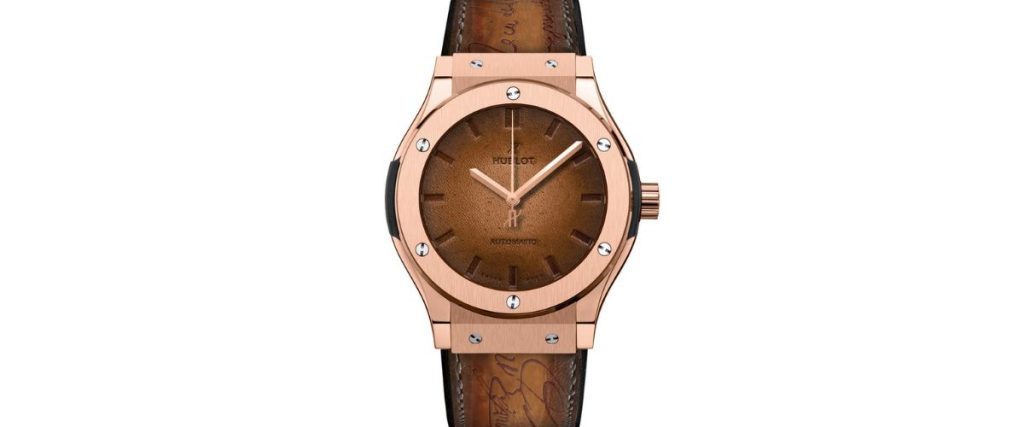
Normally, in these articles, we only focus on watches that are available directly from retailers. But coming into this, I knew that Hublot watches tend to experience some pretty drastic market price swings since it’s such a polarizing brand.
As such, I couldn’t resist one more option: an exceptionally affordable Hublot (at least, compared to retail!) which you can pick up on the secondhand market for around $5,130 according to WatchCharts.
The Berluti Scritto Blue (ref. 511.NX.050B.VR.BER16, in case you’re looking for the exact edition) is an exceptional limited-edition collab Hublot created with Berluti, the luxury house best known for their superb leather shoes.
The “Scritto” comes from one of Berluti’s collections, which involves beautifully scrawled cursive engraved into the leather. Here, this has led Hublot to abandon their traditional rubber straps in favor of Berluti leather in a magnificent blue hue covered with their Scritto motif.
It is by every standard a beautiful watch and one that bears the name of not one but two superb luxury brands, and if you can find one at or around this price, it is definitely worth a buy.
Conclusion
Love them or hate them, Hublot is a brand that knows how to do what they do best. From their exceptional collaborations with artists like Orlinski and luxury maisons like Berluti to even just their classic pieces, they’re darn good at sticking to their guns, and that deserves respect.
If you’re looking at picking up a Hublot watch for cheap, this watch is a great starting point, but do some of your own exploring if you didn’t find your dream watch here! The world of watches is wide and wonderful, and there is a certain joy even in just exploring it.
Regardless, I hope this list has helped in some way to give you a leg up or even to bring that next dream watch into sight.


